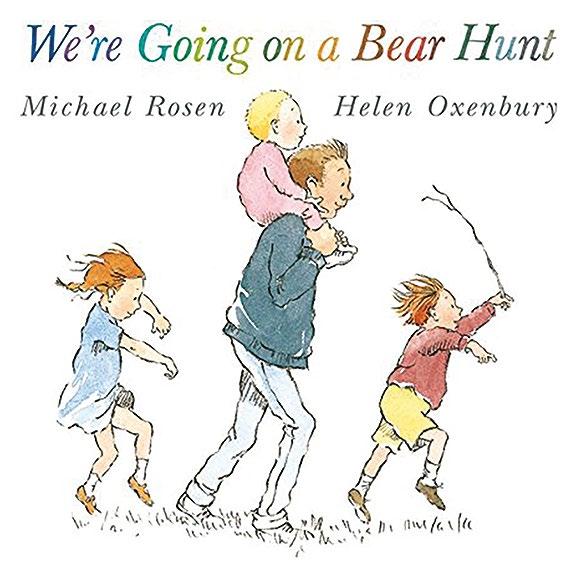
4 minute read
COLLABORATIVE PROBLEM-SOLVING
DISCOVERING COLLABORATIVE PROBLEM-SOLVING
Advertisement
Could the future of learning be working together?
Instead of teaching in routine ways, imagine basing lessons on open-ended questions such as “How much paint is needed to paint a classroom?”, with the aim of developing collaborative skills and problem-solving. Collaborative problemsolving (CPS) is loosely defined as a group of people working together on a shared problem. A recent report commissioned by Nesta, and written by academics at UCL, argues for a greater use of CPS in education.
CPS brings together individual problem-solving and the process of collaboration, and is one of the most important skills needed by this generation. However, it can be very easy for collaboration to become a one-sided affair, with one person taking over. The success of the collaborative activity depends on the skills and attitudes of learners in relation to each other, as well as on the type of activity.
The Nesta report states that there are five essential features of successful collaborative learning: n Positive interdependence
Learners work harmoniously together, without one member taking over
n Promotive interaction
Learners support each other when completing tasks
n Individual accountability
Learners are committed to their section of work, and feel responsible for the group’s success in the task
n Interpersonal and group skills need to be developed
Learners won’t necessarily have or use high-level collaboration skills
n Group processing
Learners reflect on their working relationship, and consider how it can be improved jointly and individually
Studies have found that engaging in collaborative groupbased learning promotes positive attitudes to schooling, and improves the social climate of classrooms. It also results in learners being more actively engaged in their learning and having higher levels of motivation. The reason for this change in students’ attitudes to learning may be because engaging in CPS involves students being able to:
1 Articulate, clarify, and explain their thinking
2 Listen to ideas from others, which in turn leads to developing understanding in areas that were previously unclear to them
3 Resolve conflicts by presenting counter-explanations, evidence, and arguments to others, as well as actively engaging in the construction of ideas and thinking in order to co-construct knowledge

Current research in UK schools has found that, although learners are often seated in pairs or groups during school activities, it is rare that active collaboration occurs in ways that are cognitively beneficial. When examining the amount of collaboration occurring in different subjects, it was also found that maths and humanities students were less likely to participate in collaborative work than science students. There might be a number of reasons for the scarcity of meaningful “ collaborative problem-solving. Here’s a shortlist of the potential issues that have been considered in the research: n The gap between CPS and the current national curriculum in England, which focuses on exams n The high workloads teachers are faced with n Teachers being hesitant to practise CPS because they will have less control over learners
Behaviour management is another aspect that needs to be considered. CPS can lead to increased noise and disagreements among learners. It is important to introduce CPS activities in the classroom gradually and frequently, so that learners and teachers can develop the skills needed for productive CPS, such as self-control and productive conflict ENGAGING IN COLLABORATIVE GROUP ACTIVITIES PROMOTES POSITIVE ATTITUDES TO LEARNING resolution. Most importantly, it is not possible to implement collaborative problem-solving without the active support of a school’s senior leadership team. This involves ensuring that they understand the importance of CPS and allow teachers sufficient time to attend training and embed it into practice. In short, it’s not an approach that can be rolled out without consideration. But it’s worth bearing in mind that the research shows that when done right, CPS can significantly benefit children’s cognitive attitude to learning, and can help considerably when it comes to their development of crucial skills such as teamwork and problem-solving. Implementing it involves a tricky balancing act, and more research is needed on collaborative problem-solving and its application in the classroom. The full report is available at helloworld.cc/CPS. Nesta has also completed an exploratory pilot looking at collaborative problem-solving discussion in the classroom, available at helloworld.cc/CPSdiscussion.
n Teachers not having enough training or confidence to teach CPS
n Students not enjoying working in groups
The success of CPS also depends on how teachers organise, engage, and set up tasks, as well as how they support groups. This is very often difficult to get right, as nobody can assume that just by putting people in groups, collaboration is naturally going to occur. It is important to avoid being too directive, as this can negatively affect group collaboration. When facilitating CPS, teachers should monitor group interactions while asking open-ended questions to challenge students and encourage them to reflect on their views.
Samantha Baloro is an assistant educational psychologist. She completed the Raspberry Pi Foundation research internship in 2017.










